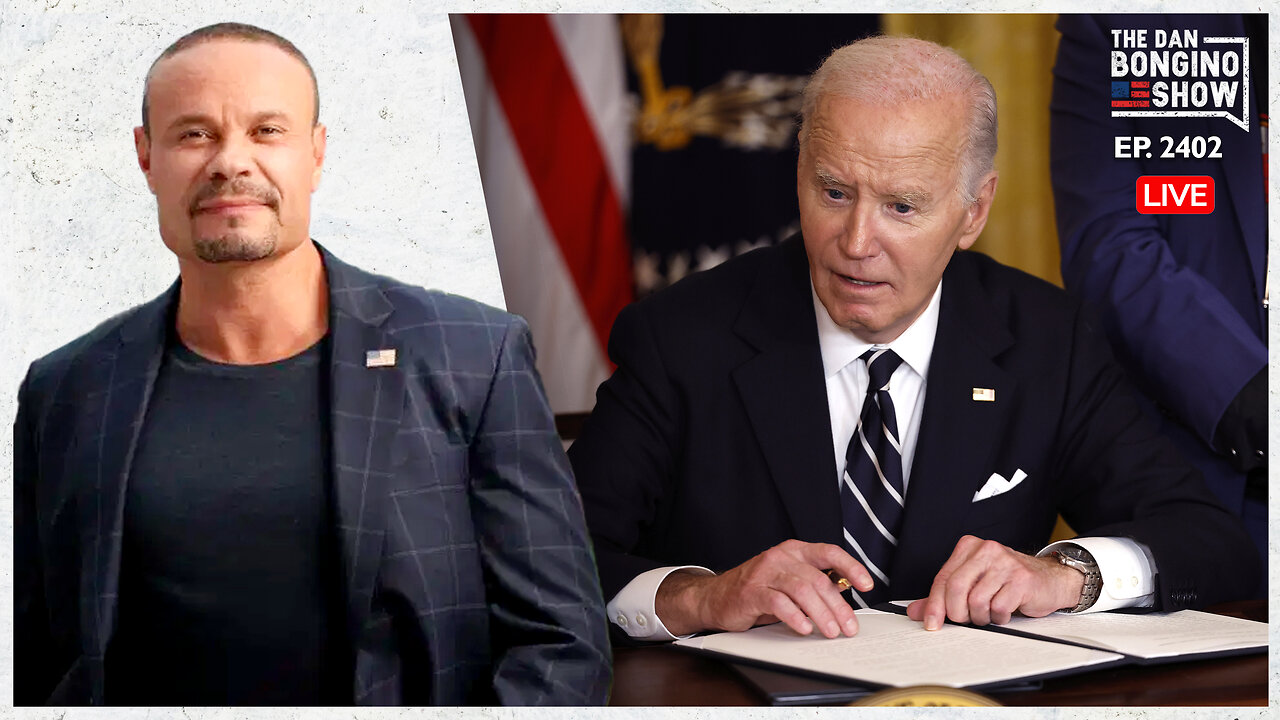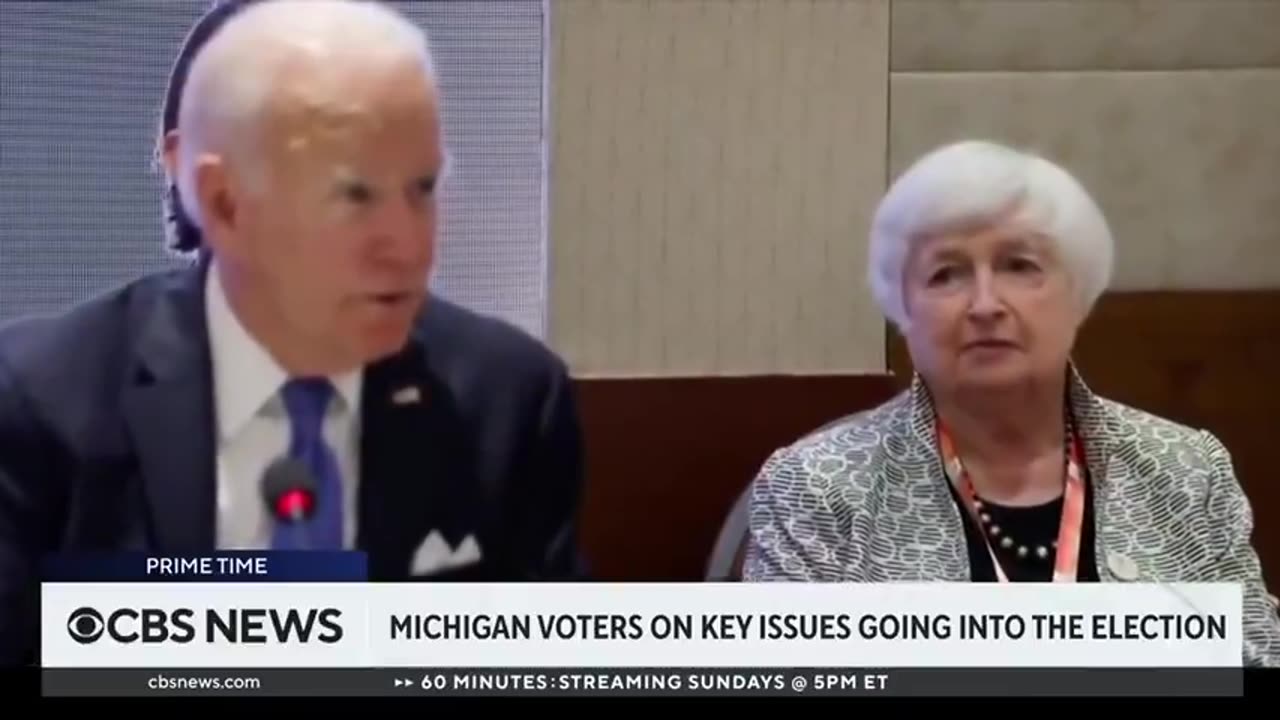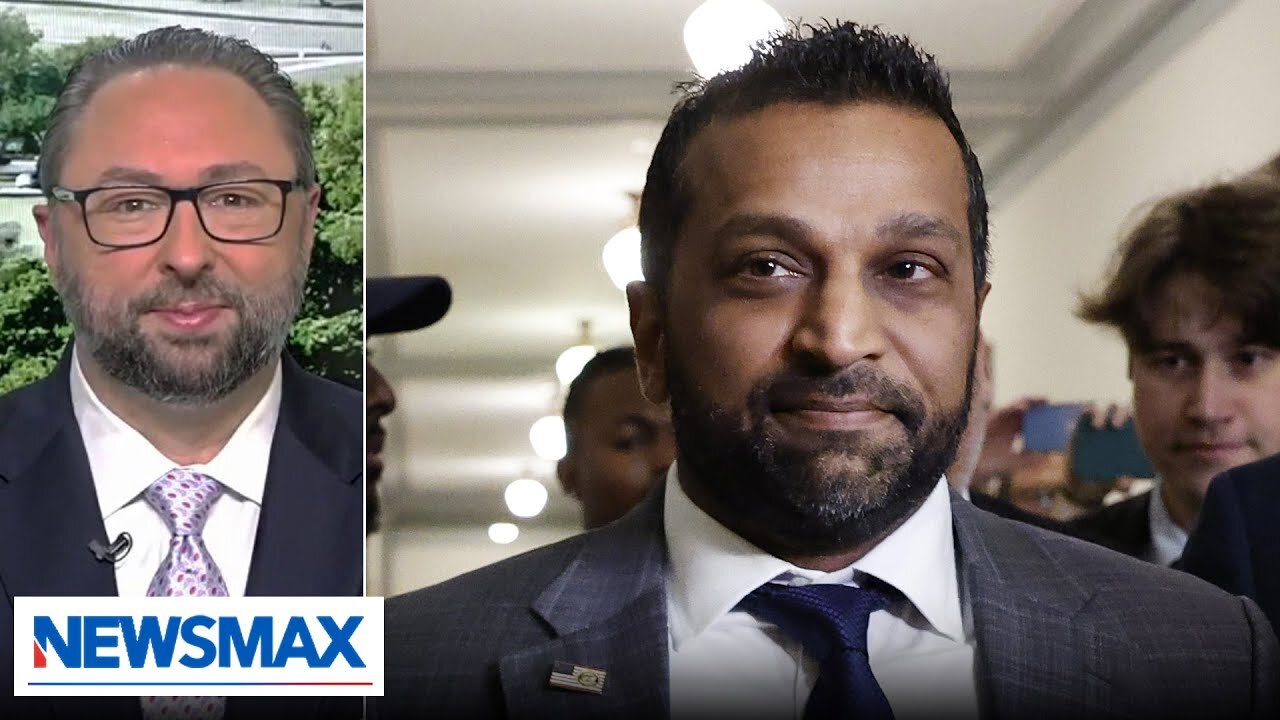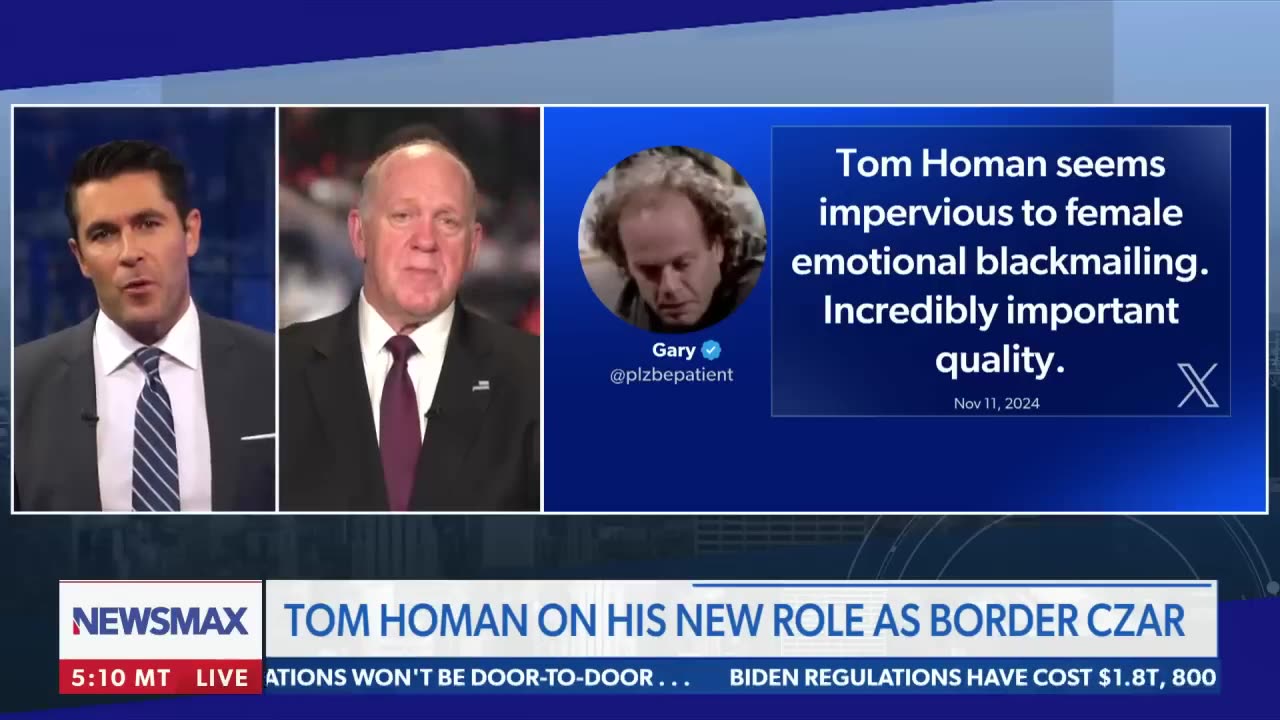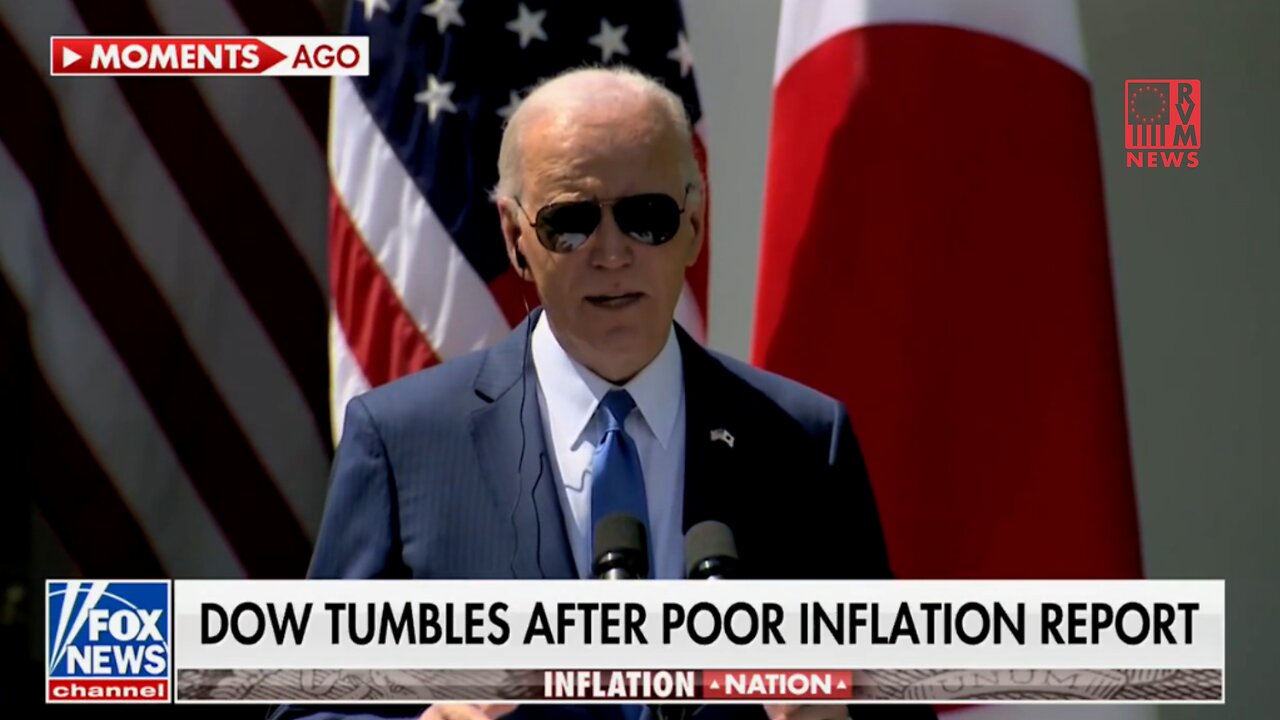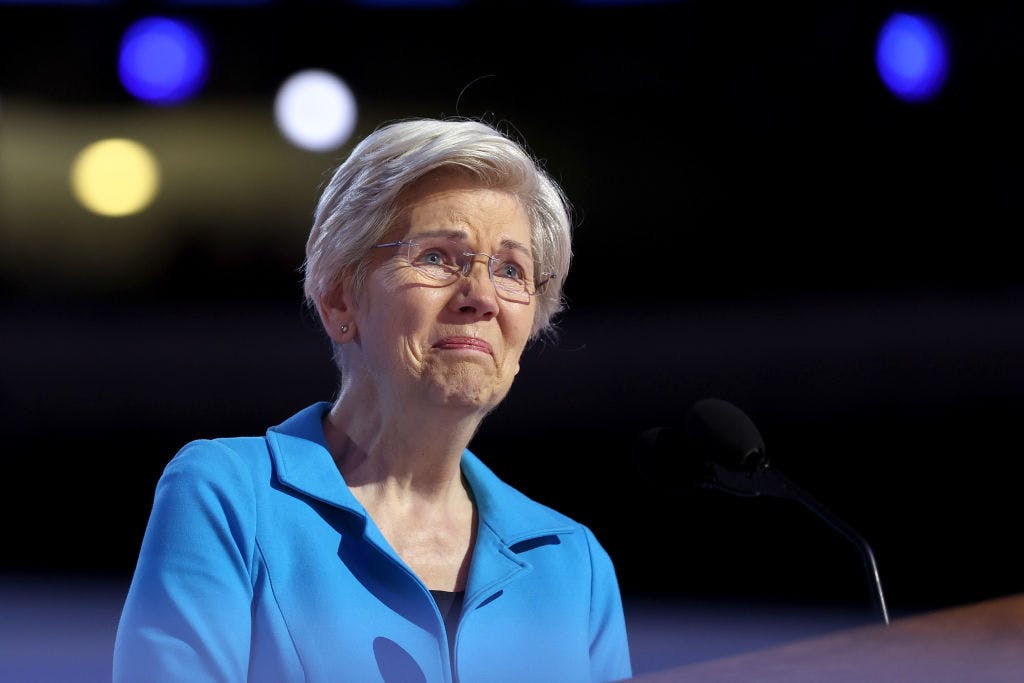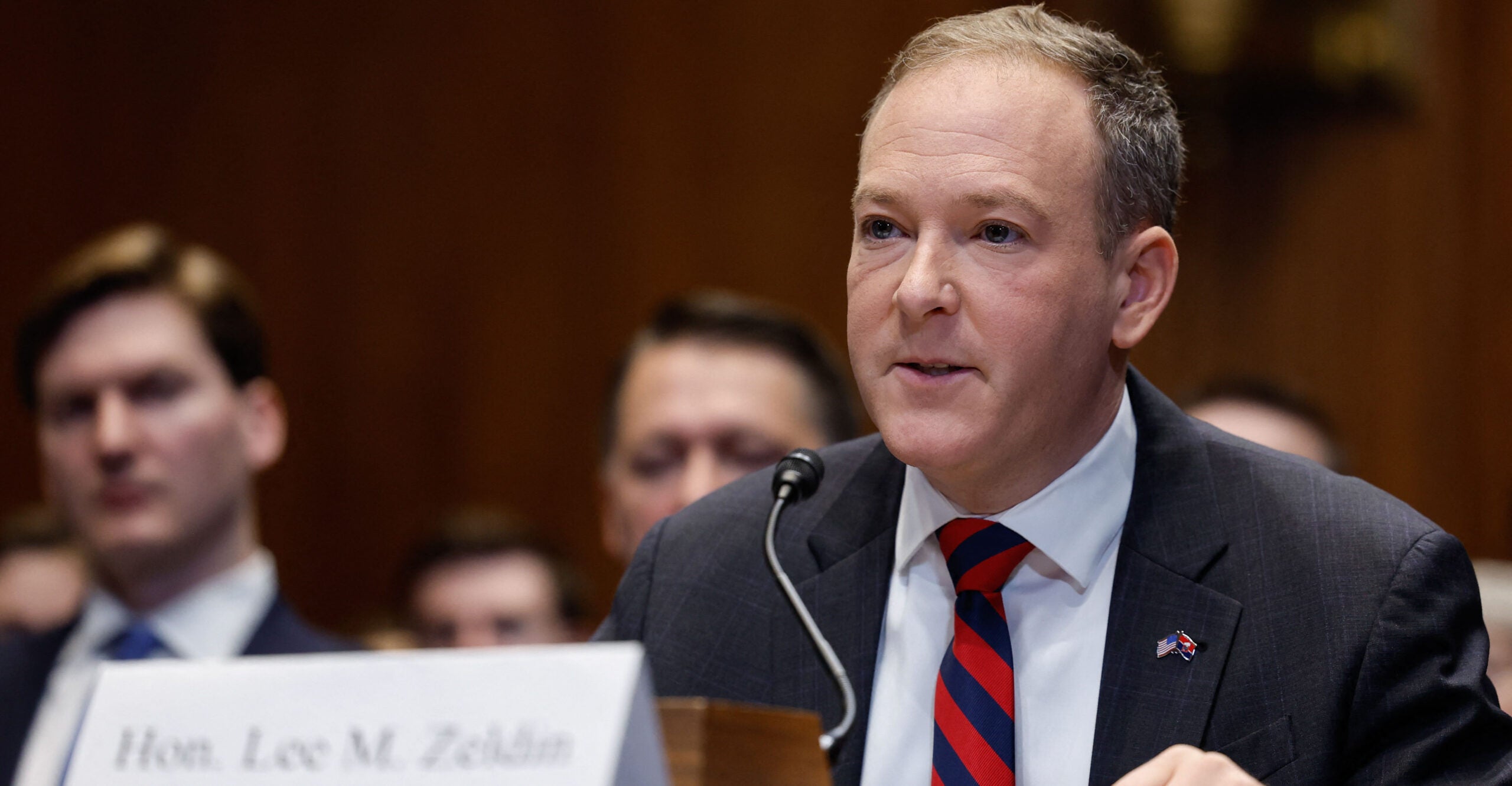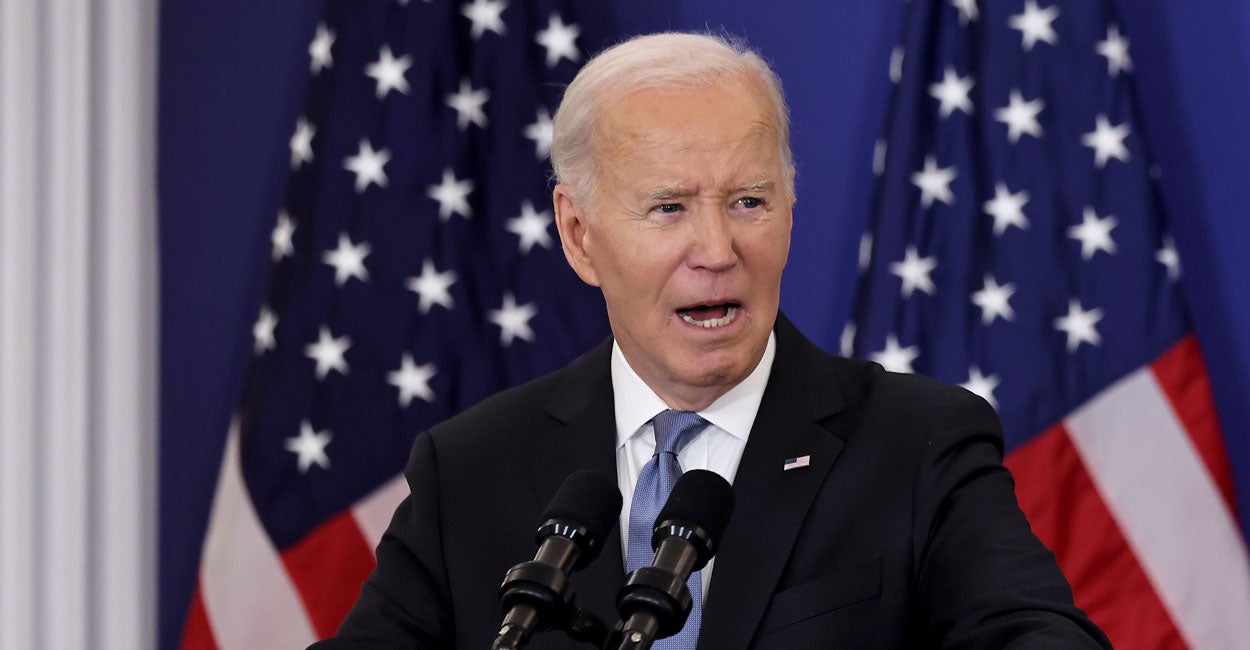Smoking out, vaping in: A new CDC report offers cause for optimism
The Centers for Disease Control and Prevention released the 2023 Behavioral Risk Factor Surveillance System survey results, an annual assessment of various health-related behaviors among U.S. adults. Tobacco control advocates have reason to celebrate: The adult smoking rate has reached record lows, and in some states, young adult smoking rates are nearly nonexistent.According to the BRFSS, only 12.1% of adults across all 50 states and Washington, D.C., smoked in 2023, down from 14% in 2022. This drop represents a decrease from 36.4 million smokers in 2022 to 31.7 million in 2023, a reduction of approximately 4.7 million. The decline among young adults aged 18 to 24 is even more notable: Only 5.6% smoked in 2023, marking a 23.5% decrease from 2022 and a dramatic 76.5% decline over the past decade.Inaction and sporadic enforcement by federal agencies have contributed to widespread misperceptions about products that are less harmful than traditional cigarettes.While tobacco control advocates credit these historic lows to policies like taxes and smoking bans, the rise in e-cigarette use also appears correlated with the reduction in smoking rates. From 2016 to 2023, vaping among young adults rose by 90%, while their smoking rates fell by 63.8%. Interestingly, young adult vaping rates have also started to decline, dropping 23.5% from 20.9% in 2022 to 18.9% in 2023.In some states, such as Utah and New York, young adult smoking rates are exceptionally low, at 2.6% and 3.4%, respectively. Even Oklahoma, which has the highest young adult smoking rate at 9.1%, is still significantly lower than the national adult average of 12.1%.These trends extend to youth smoking and vaping statistics. According to the CDC’s National Youth Tobacco Survey, only 1.6% of U.S. middle and high school students reported current cigarette use in 2023. Youth vaping has also declined significantly, with only 5.9% of U.S. youth vaping this year — a 70.5% drop from 2019, when 20% were vaping. In just five years, America went from one in five youth using e-cigarettes to one in 20.Despite these positive trends, many tobacco control advocates continue to push for strict policies and high taxes, while the U.S. Food and Drug Administration has been slow to process authorizations for newer tobacco harm-reduction products. This has contributed to public misunderstandings about the relative risks of these products compared to traditional cigarettes.Numerous organizations, including the American Lung Association, Campaign for Tobacco-Free Kids, and the Truth Initiative, recognize the significant declines in youth vaping but remain concerned about the frequency of use among current users, particularly criticizing flavored tobacco and vapor products.The ALA describes vaping as “a serious public health concern,” while CTFK emphasizes that youth e-cigarette use “remains a serious public health problem” and calls for an end to this “crisis” by urging federal agencies like the FDA and the U.S. Department of Justice to intensify their efforts to eliminate all illegal e-cigarettes from the market. Similarly, the Truth Initiative asserts that “youth nicotine addiction remains a serious public health concern.”All these groups criticize flavored products, despite adults using these flavors in innovative tobacco harm-reduction products to remain smoke-free. These groups also focus their efforts on newer oral nicotine pouches, even though less than 2% of youth report using such products.These groups are not alone. The inaction and sporadic enforcement by federal agencies have contributed to widespread misperceptions about products that are less harmful than traditional cigarettes.Since 2015, the FDA has issued only 56 marketing orders for newer tobacco products introduced in the United States after February 2007. Despite authorizing more than 16,000 other tobacco products since 2012, the FDA has approved marketing for only 34 e-cigarette products. In contrast, in 2023, the agency issued more than 660 orders for combustible cigarettes, despite declining smoking rates among American adults. This disparity likely contributes to public confusion about the relative health benefits of e-cigarettes.Policymakers and tobacco control groups should recognize and celebrate the historic reductions in cigarette use among both adults and youth. This is a significant public health achievement that may be driven by the availability of tobacco harm-reduction products, such as e-cigarettes and oral nicotine pouches.Instead of resisting these market trends and products that have been associated with significant declines in smoking rates, these groups should advocate enhanced access to these alternatives to help end the use of combustible cigarettes once and for all.


The Centers for Disease Control and Prevention released the 2023 Behavioral Risk Factor Surveillance System survey results, an annual assessment of various health-related behaviors among U.S. adults. Tobacco control advocates have reason to celebrate: The adult smoking rate has reached record lows, and in some states, young adult smoking rates are nearly nonexistent.
According to the BRFSS, only 12.1% of adults across all 50 states and Washington, D.C., smoked in 2023, down from 14% in 2022. This drop represents a decrease from 36.4 million smokers in 2022 to 31.7 million in 2023, a reduction of approximately 4.7 million. The decline among young adults aged 18 to 24 is even more notable: Only 5.6% smoked in 2023, marking a 23.5% decrease from 2022 and a dramatic 76.5% decline over the past decade.
Inaction and sporadic enforcement by federal agencies have contributed to widespread misperceptions about products that are less harmful than traditional cigarettes.
While tobacco control advocates credit these historic lows to policies like taxes and smoking bans, the rise in e-cigarette use also appears correlated with the reduction in smoking rates. From 2016 to 2023, vaping among young adults rose by 90%, while their smoking rates fell by 63.8%. Interestingly, young adult vaping rates have also started to decline, dropping 23.5% from 20.9% in 2022 to 18.9% in 2023.
In some states, such as Utah and New York, young adult smoking rates are exceptionally low, at 2.6% and 3.4%, respectively. Even Oklahoma, which has the highest young adult smoking rate at 9.1%, is still significantly lower than the national adult average of 12.1%.
These trends extend to youth smoking and vaping statistics. According to the CDC’s National Youth Tobacco Survey, only 1.6% of U.S. middle and high school students reported current cigarette use in 2023. Youth vaping has also declined significantly, with only 5.9% of U.S. youth vaping this year — a 70.5% drop from 2019, when 20% were vaping. In just five years, America went from one in five youth using e-cigarettes to one in 20.
Despite these positive trends, many tobacco control advocates continue to push for strict policies and high taxes, while the U.S. Food and Drug Administration has been slow to process authorizations for newer tobacco harm-reduction products. This has contributed to public misunderstandings about the relative risks of these products compared to traditional cigarettes.
Numerous organizations, including the American Lung Association, Campaign for Tobacco-Free Kids, and the Truth Initiative, recognize the significant declines in youth vaping but remain concerned about the frequency of use among current users, particularly criticizing flavored tobacco and vapor products.
The ALA describes vaping as “a serious public health concern,” while CTFK emphasizes that youth e-cigarette use “remains a serious public health problem” and calls for an end to this “crisis” by urging federal agencies like the FDA and the U.S. Department of Justice to intensify their efforts to eliminate all illegal e-cigarettes from the market. Similarly, the Truth Initiative asserts that “youth nicotine addiction remains a serious public health concern.”
All these groups criticize flavored products, despite adults using these flavors in innovative tobacco harm-reduction products to remain smoke-free. These groups also focus their efforts on newer oral nicotine pouches, even though less than 2% of youth report using such products.
These groups are not alone. The inaction and sporadic enforcement by federal agencies have contributed to widespread misperceptions about products that are less harmful than traditional cigarettes.
Since 2015, the FDA has issued only 56 marketing orders for newer tobacco products introduced in the United States after February 2007. Despite authorizing more than 16,000 other tobacco products since 2012, the FDA has approved marketing for only 34 e-cigarette products. In contrast, in 2023, the agency issued more than 660 orders for combustible cigarettes, despite declining smoking rates among American adults. This disparity likely contributes to public confusion about the relative health benefits of e-cigarettes.
Policymakers and tobacco control groups should recognize and celebrate the historic reductions in cigarette use among both adults and youth. This is a significant public health achievement that may be driven by the availability of tobacco harm-reduction products, such as e-cigarettes and oral nicotine pouches.
Instead of resisting these market trends and products that have been associated with significant declines in smoking rates, these groups should advocate enhanced access to these alternatives to help end the use of combustible cigarettes once and for all.
Originally Published at Daily Wire, World Net Daily, or The Blaze
What's Your Reaction?






















